For those of you who shop at Ikea, or are at least aware of the brand, you will know that it is one of the largest furniture and homeware companies in the world. In fact, it is now estimated to be worth $14 billion, with further plans for global expansion.
Ikea’s headquarters have recently released a rare glimpse of behind-the-scenes images which show how the Swedish company’s furniture is modelled and constructed before going to print in its catalogue – also available on their website and downloadable through the iOS and Android app.
Ikea has also revealed its new collection for 2017 which still follows their five key elements of ‘democratic design’: form, function, quality, and sustainability at a low price. Most of us know that Ikea’s furniture is especially famous for its quirky designs and affordability, and are generally seen in offices and apartments around the world. However, it is their sustainability element that comes into question, particularly in a company that supposably, still considers itself ‘small’.
In 2015, Ikea announced it would purchase its own stretch of Romanian forest to maintain wood supply and aims to double its revenue to $76 billion by 2020. Rainforest Foundation UK Director Simon Counsell points out that even though Ikea does take wood-sourcing seriously, it could still find a way to improve in order to maintain the clarity of the Forest Stewardship Council – an international not-for-profit organisation that ensures sustainability of resources.
“Rather than relying on the now discredited FSC wood certification system, the company needs to be doing more to take control of its own supplies and to ensure that they comply with the best standards of forestry practice,” he said.
Meanwhile, Ikea Sweden’s deputy research manager Grzegorz Boruc has stated that consumers in Western Europe, 70 per cent of where Ikea’s stores are based, want products that save water and energy, as well as furniture that is sustainably sourced.
Boruc says, ‘more and more people are interested in where the material comes from, not just whether it’s safe or not, how did we source it?’
In order to achieve this, Ikea has recently launched a research test and prototype lab in Almhult, Sweden to examine the future of their home furniture designs, which includes prototype products that may help save and protect water and electricity. According to Ikea’s head of Sustainability, Steve Howard, the company’s goal is now specifically centred on creating a ‘circular’ design that would encourage consumers to repair and recycle their furniture items.

![5 Reasons You Should Travel Alone Airplane [image source: chau nguyen/ http://thedevilhatessweatpants.blogspot.com.au ], crowd ink, crowdink, crowdink.com, crowdink.com.au](https://crowdink.com/wp-content/uploads/2016/08/Chau-airplane-218x150.jpg)





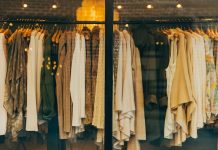









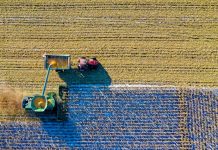





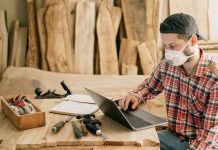
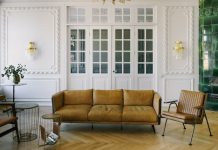
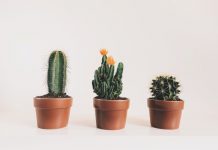

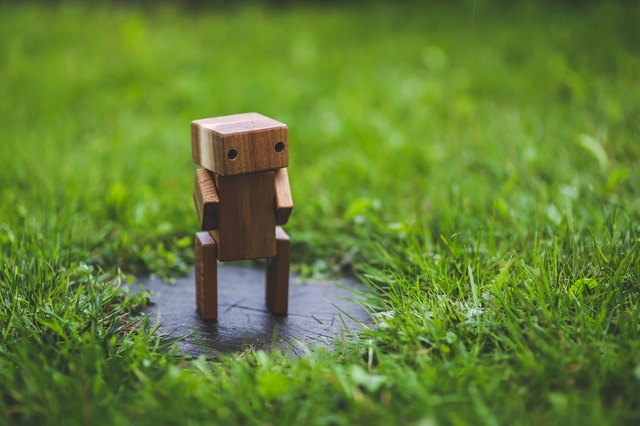


![5 Reasons You Should Travel Alone Airplane [image source: chau nguyen/ http://thedevilhatessweatpants.blogspot.com.au ], crowd ink, crowdink, crowdink.com, crowdink.com.au](https://crowdink.com/wp-content/uploads/2016/08/Chau-airplane-100x70.jpg)


